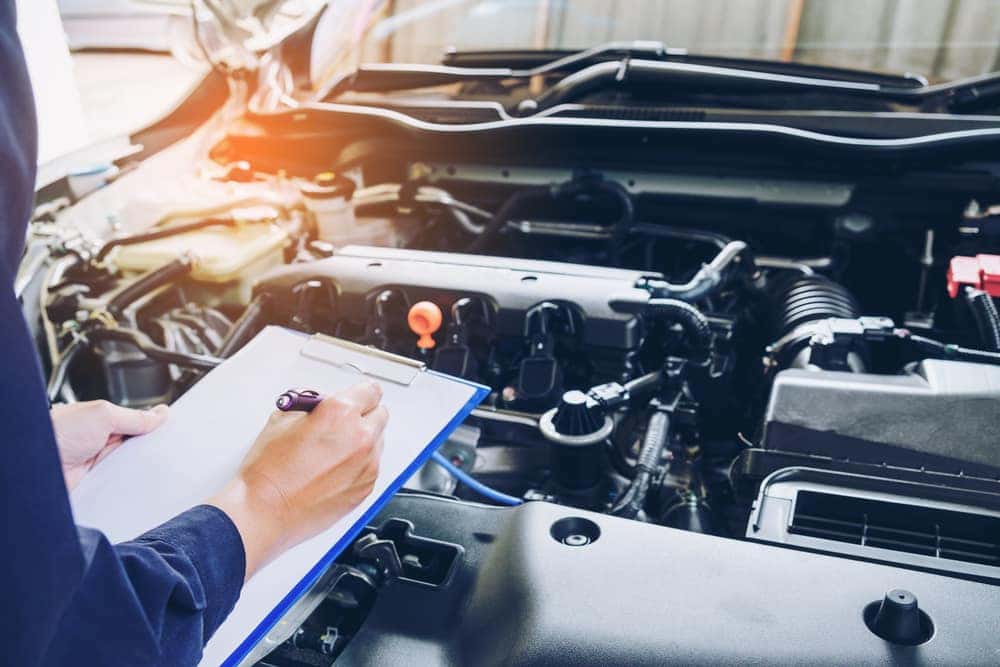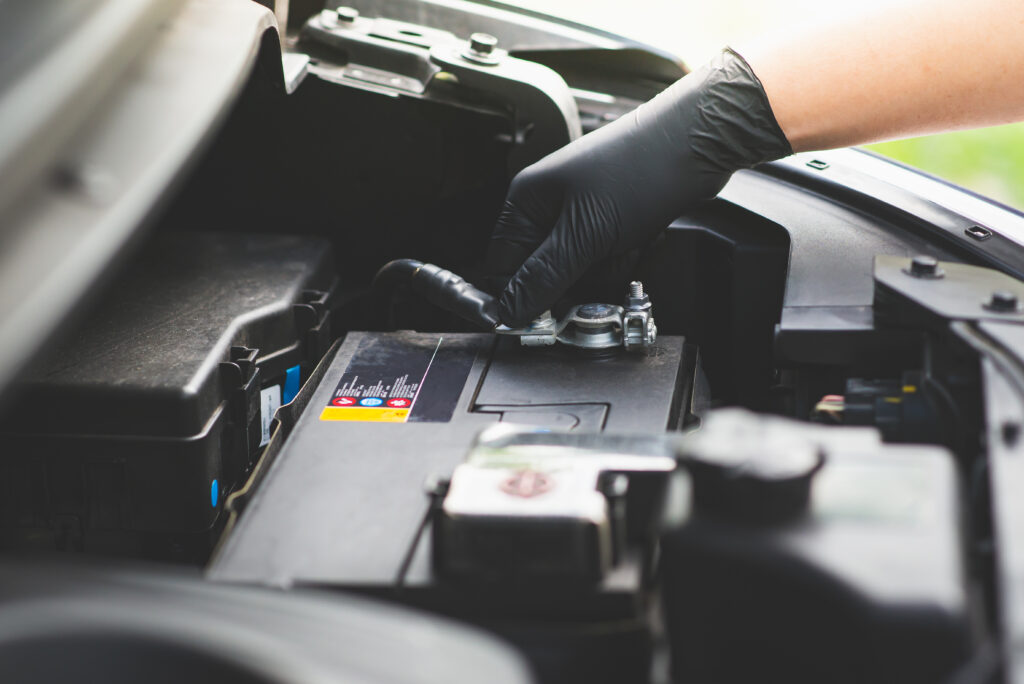
Timing Is Everything: When to Replace Critical Car Components
Living in Leduc, Alberta, means we get our fair share of extreme weather, and let’s face it, our cars really take a beating. Whether it’s the sub-zero winters or the surprisingly warm summers, our vehicles have to be tough. That’s why understanding when to replace critical car components isn’t just handy—it’s essential for anyone who values reliability and safety in their vehicle.
Understanding Vehicle Maintenance Schedules

First up, let’s talk about maintenance schedules. Every car comes with a manufacturer-recommended schedule that details when to check and replace important parts. Sticking closely to this schedule can help prolong your car’s life and keep you safe on the road. But remember, the general advice might need tweaking to better fit our local Leduc climate and your driving habits.
Brakes: Your Safety Depends on Them
Brakes are literally your lifeline while driving. Ever had that heart-stopping moment when you hit the brakes and the car just doesn’t stop as quickly as it should? Yeah, not fun. Brake pads and discs wear down over time, and their lifespan can vary based on your driving style and environment. A good rule of thumb is to check your brakes every 20,000 kilometers, but if you hear squealing or feel vibrations when braking, don’t wait—get them checked out immediately. In Leduc, where ice and snow are part of life for much of the year, ensuring your brakes are in top condition is non-negotiable.
Tires: The Only Thing Between You and the Road
Tires are what connect your car to the road, and their condition can significantly affect your driving experience and safety. The minimum legal tread depth is 1.6 mm, but for our icy Alberta roads, it’s safer to replace them well before they reach this point. Also, switching to winter tires in the colder months isn’t just a good idea—it’s a crucial move. Remember to rotate your tires every 10,000 kilometers to even out wear and extend their life. And if you ever feel your car isn’t handling well, it could be a sign your tires are worn or improperly inflated.
Timing Belts: The Silent Engine Keeper
The timing belt is a critical engine component that’s easy to forget about because it’s out of sight. If a timing belt snaps, though, it can cause significant engine damage. Most manufacturers recommend replacing the timing belt every 100,000 to 160,000 kilometers, but check your owner’s manual for specifics. If you’re not sure when it was last changed—like, maybe you bought your car used—consider having it inspected. A timing belt doesn’t give much warning before it fails, so this isn’t something to put off.
Batteries: The Unsung Hero of Car Components
Car batteries tend to have a life of about three to five years, but cold weather can drastically reduce this. Why? Because batteries find it harder to operate in cold weather, and Leduc winters can be brutal on them. If your car struggles to start, or if the electrical components flicker or fail, these are signs your battery might be on its last legs. Getting your battery tested each fall before winter sets in can save you from the unpleasant surprise of a car that won’t start on a chilly morning.
Filters: Ensuring Cleanliness for Efficiency
Your car has several filters—oil, air, cabin, and fuel—and each plays a crucial role in keeping your vehicle running smoothly. For example, clogged air filters can reduce your engine’s efficiency, while a dirty cabin filter affects the air quality inside your car. Generally, you should replace your oil filter with every oil change (every 5,000 to 10,000 kilometers), check your air filter every 20,000 kilometers, and replace cabin and fuel filters every 30,000 to 40,000 kilometers. These are simple checks that can improve both your car’s performance and your driving comfort.
Additional Tips for Component Care

Regular checks and maintenance can prevent most unpleasant surprises. For instance, simply checking your fluid levels and tire pressure monthly can catch small issues before they become big problems. Also, consider using high-quality replacement parts, especially for critical components like brakes and timing belts. It might cost a bit more upfront, but quality parts tend to last longer and perform better, saving you money and headaches in the long run.
Conclusion

Keeping up with the maintenance of critical car components isn’t just about following a schedule—it’s about understanding your vehicle and taking proactive steps to ensure its reliability and safety. Whether you’re commuting daily through Leduc or planning a weekend getaway, a well-maintained car will get you there safely and comfortably.
Remember, if you’re ever in doubt about the condition of your car’s components, it’s wise to consult a professional. Taking your car to a trusted mechanic for regular check-ups can give you peace of mind and keep your vehicle in peak condition. Happy driving, and stay safe on the roads!
Explore The Full Range of Services Offered By New Age Motors:
Read Further on Vehicle Safety and Standards
Alberta Motor Vehicle Industry Council
National Institute for Automotive Service Excellence (ASE)
Transport Canada – Vehicle Safety



